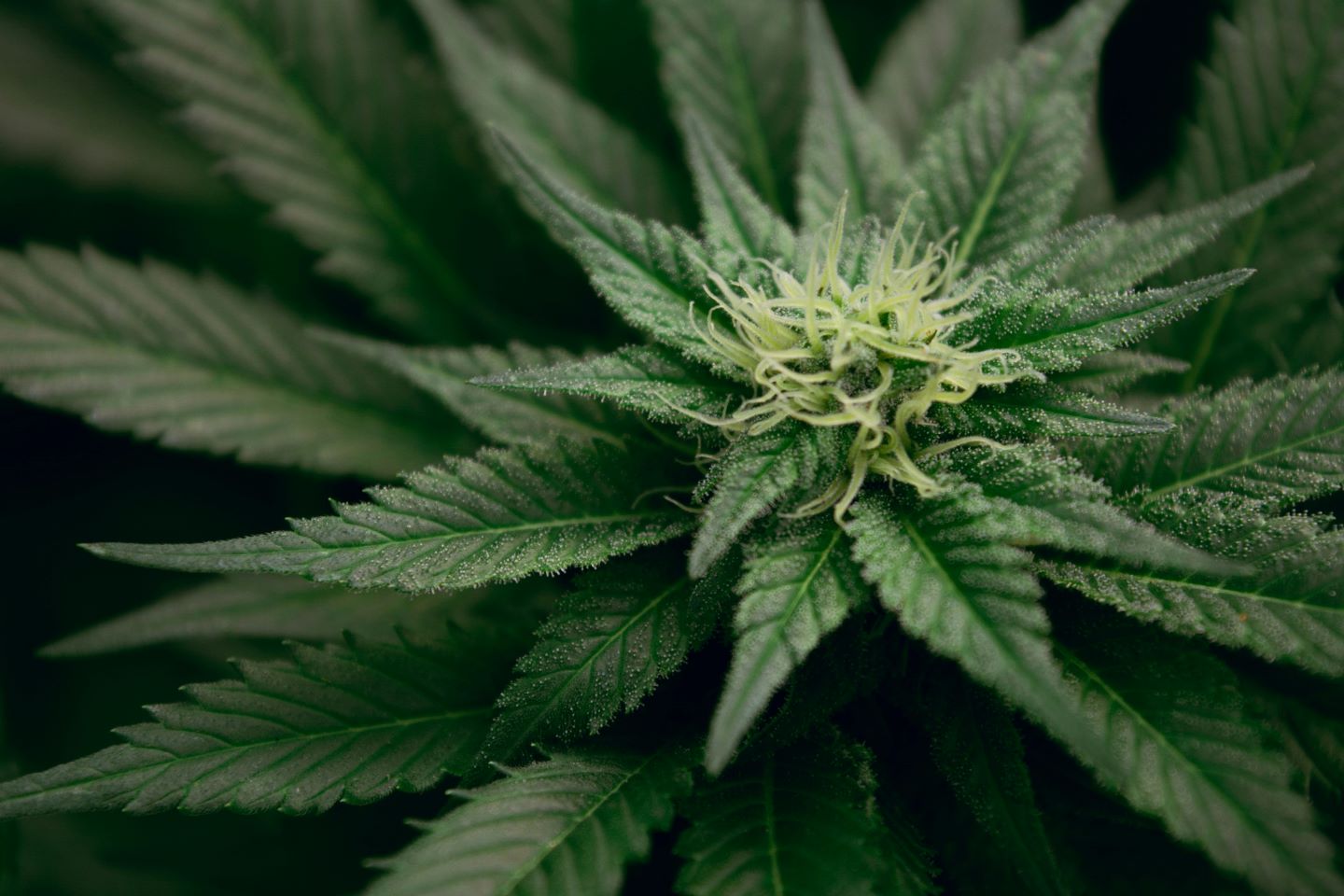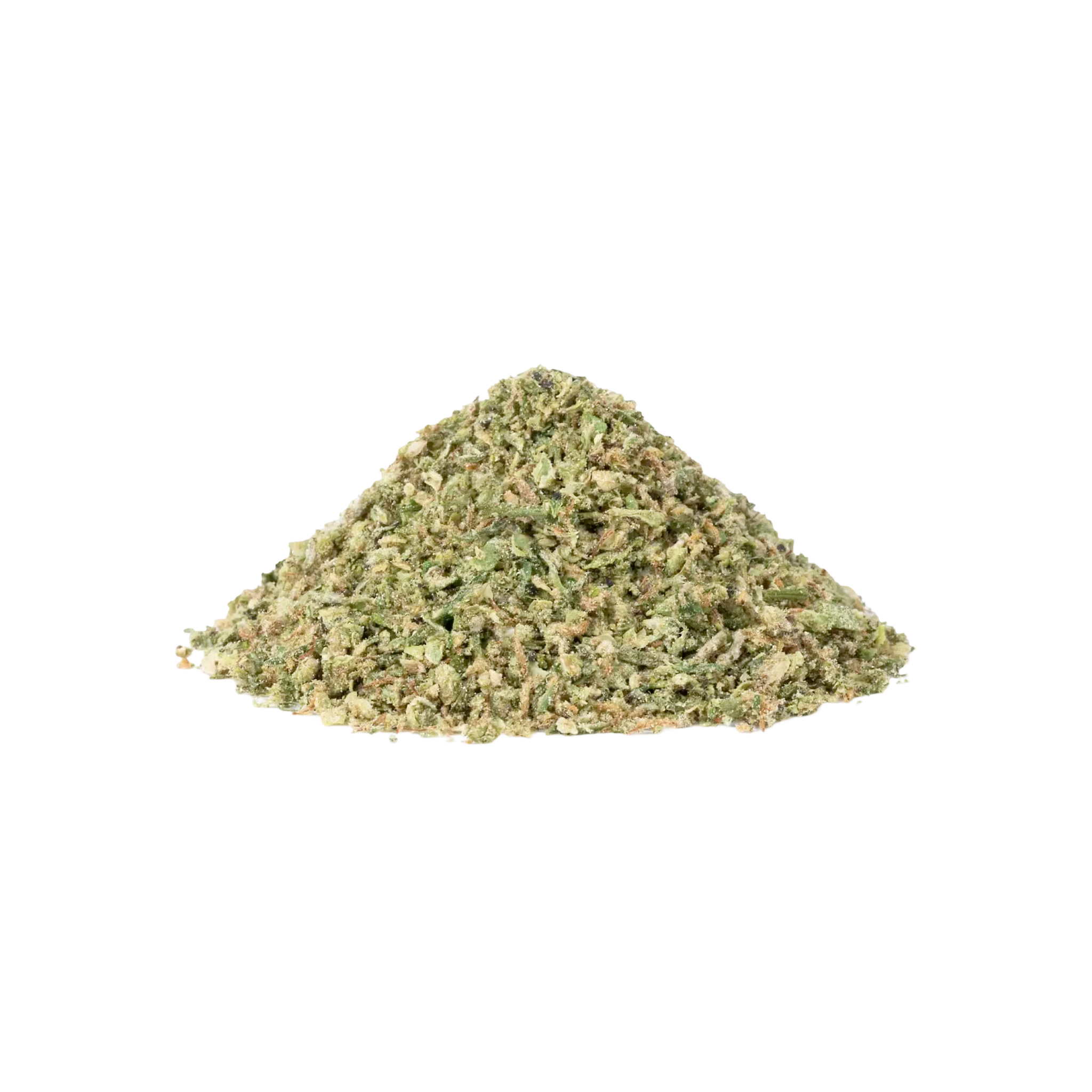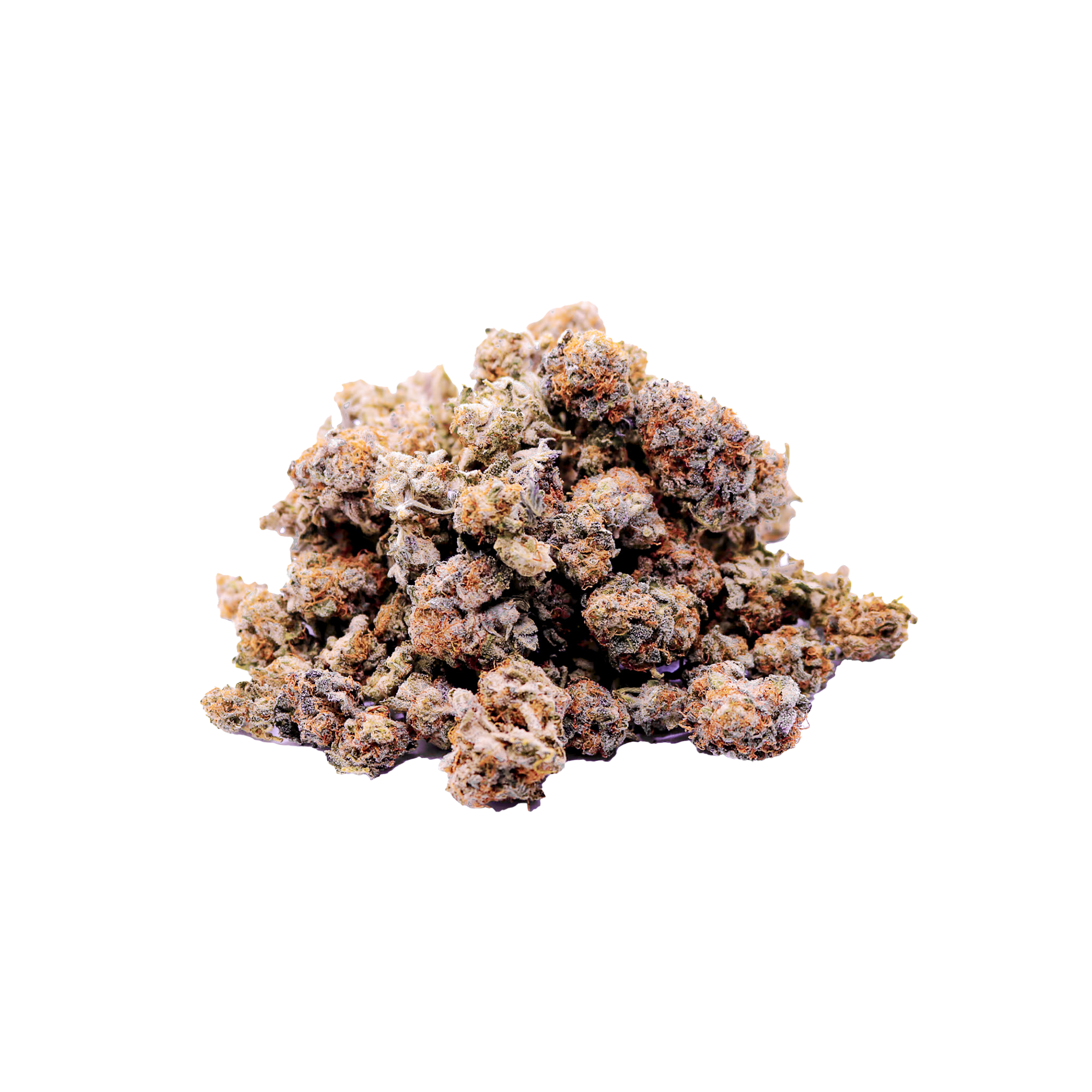A Plant with a Rich History
Cannabis, a plant with a long and complex history, has captivated human interest for millennia. From its humble origins as a fiber crop to its modern-day use for medicinal and recreational purposes, cannabis has played a significant role in various cultures worldwide.
The Botany of Cannabis
Cannabis is a flowering plant belonging to the Cannabaceae family. It's a dioecious plant, meaning it has separate male and female plants. The female plants produce flowers that contain resin glands, which produce cannabinoids, the chemical compounds responsible for cannabis's psychoactive and medicinal effects.
The two primary cannabinoids are:
- Tetrahydrocannabinol (THC): The primary psychoactive compound, responsible for the "high" feeling.
- Cannabidiol (CBD): A non-psychoactive compound with potential therapeutic benefits.
Cannabis: A Versatile Plant
Cannabis has been used for a wide range of purposes throughout history, including:
- Fiber: Hemp, derived from cannabis, has been used to make textiles, paper, rope, and other products.
- Food: Cannabis seeds are a nutritious food source, rich in protein, fiber, and omega-3 fatty acids.
- Medicine: Cannabis and its derivatives have been used to treat a variety of medical conditions, including pain, anxiety, and insomnia.
- Recreation: Cannabis is used recreationally for its psychoactive effects.
A Global History of Cannabis
Cannabis has been cultivated and used by humans for thousands of years. Its origins can be traced back to Central Asia, but it has spread to various parts of the world through trade and migration.
Eastern Traditions:
- China: Used in traditional Chinese medicine to treat various ailments.
- India: Used in Hindu and Sikh religious rituals and for medicinal purposes.
Western Traditions:
- Ancient Egypt: Used to treat pain and inflammation.
- Ancient Greece and Rome: Used for medicinal and recreational purposes.
- Middle Ages: Used for medicinal purposes and to make hemp products.
Cannabis in the United States
In the early 20th century, cannabis was widely used in the US, both medicinally and recreationally. However, due to moral panic and racist propaganda, cannabis was criminalized in the 1930s.
In recent decades, there has been a growing movement to legalize cannabis, both for medical and recreational use. As of 2024, cannabis is legal for medical use in 37 states and the District of Columbia. It is legal for recreational use in 23 states and the District of Columbia.
Despite the legalization of cannabis in many states, it remains illegal under federal law. This creates a complex legal landscape, even in states where it is legal.
The Future of Cannabis
As the legal landscape of cannabis continues to evolve, it is clear that this versatile plant will continue to play a significant role in society. With ongoing research and a growing body of evidence, cannabis may become a valuable tool in addressing a variety of health issues.
Baseline is committed to providing you with accurate and informative content about cannabis. We encourage you to explore our website to learn more!












Dali, Cannabis, and the Melting Clocks of Time
HHC: A Closer Look at This Unique Cannabinoid